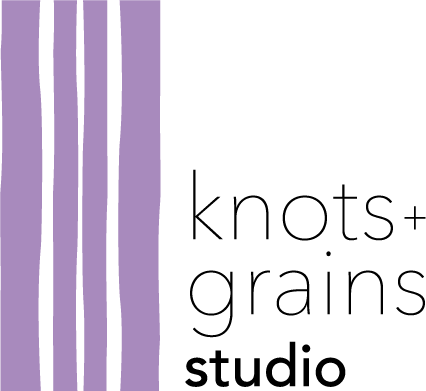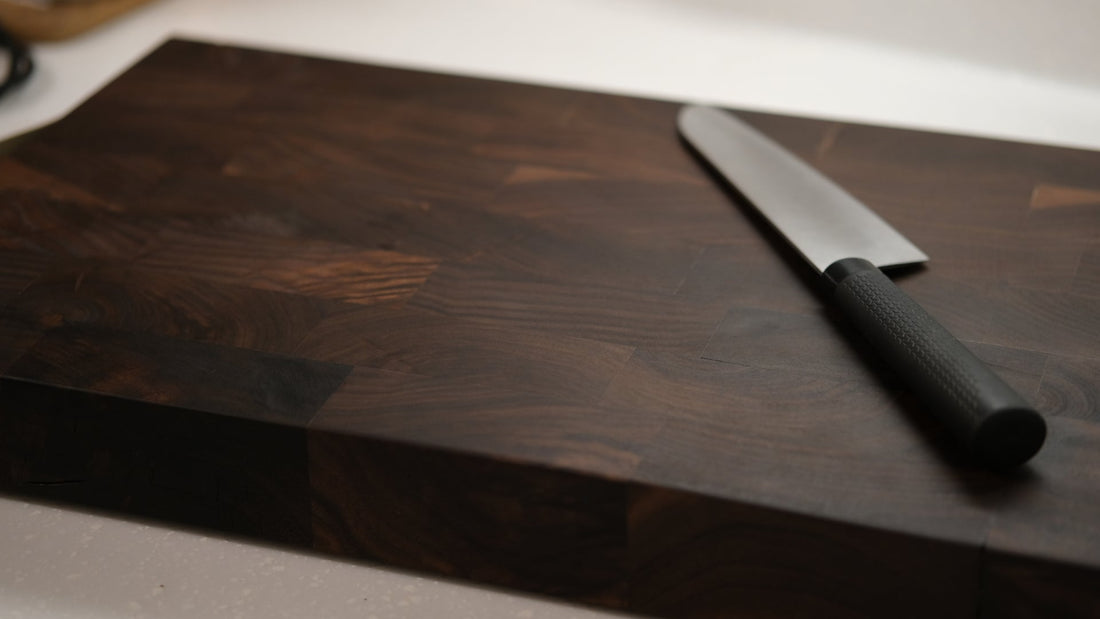If you’ve ever searched “which wood is best for chopping boards?”, you’re not alone. Whether you're a home cook, a chef, or just someone who loves good craftsmanship, choosing the right wood for a chopping board makes all the difference — not just for aesthetics, but also for durability, knife health, and food safety.
As someone who works with wood every day, I’ll walk you through what matters when it comes to cutting boards — the best wood types, different ways to make a board, and why these choices matter. Let’s dive in.
What Makes a Good Wood for Chopping Boards?
Before naming names, let’s start with the basics. A good cutting board should:
- Be hard enough to resist deep cuts
- Be soft enough to protect your knife’s edge
- Have a tight, closed grain to avoid bacteria buildup
- Be food-safe and non-toxic
- Stand up to daily use and washing (but not the dishwasher!)
With that in mind, here are the top woods used for chopping boards, and why they work.

1. Maple (Hard Maple / Sugar Maple)
Best for: Durability, knife-friendliness, and overall balance
Maple is the gold standard for cutting boards. It hits the sweet spot of being hard, yet not too hard on your knives. Its closed grain structure keeps bacteria and moisture out, making it hygienic and easy to clean. Bonus? It’s widely available and affordable.
2. Walnut
Best for: Aesthetic lovers who still want functionality
Walnut is a bit softer than maple but still holds up well. It’s less prone to showing knife marks compared to lighter woods, and its rich, dark color adds a premium feel to any kitchen.
Note: Because it’s slightly softer, it may need a bit more maintenance over time.
3. Cherry
Best for: Those who want a warm-toned, medium-hard board
Cherry has a gorgeous reddish hue that deepens over time. It's slightly softer than maple, making it very knife-friendly. It can scratch a bit more easily, but regular oiling keeps it in great shape.
4. Beech
Best for: Budget-conscious buyers who still want quality
Beech is a European favorite, often used in butcher blocks. It’s hard, with a fine, tight grain. The downside? It’s more prone to warping if not properly cared for — so no soaking or dishwashers.
5. Teak
Best for: Tropical wood fans who need water resistance
Teak has natural oils that make it resistant to moisture — great for humid kitchens. It’s a bit tougher on knives, but if you’re set on a tropical look and don’t mind a little extra sharpening, it’s a solid pick.
What Woods Should You Avoid?
Not all pretty woods are chopping board-safe. Avoid:
- Open-grain woods like oak — they soak up moisture and bacteria
- Softwoods like pine — they’re too soft, get cut up quickly, and can harbor germs
- Toxic woods like rosewood or padauk — some can leach harmful oils when wet
Edge Grain vs. End Grain vs. Face Grain: What’s the Best Way to Make a Chopping Board?
Once you’ve picked your wood, how you build the board matters just as much. Here’s a quick breakdown of the three styles:
Face Grain
- Look: Clean, consistent grain
- Feel: Smooth, flat surface
- Durability: Least durable
- Best for: Serving boards, not chopping
Edge Grain
- Look: Straight, linear stripes
- Feel: Smoother and lighter than end grain
- Durability: More durable than face grain
- Best for: Everyday chopping boards — a great balance of durability and looks
End Grain
- Look: Checkerboard pattern
- Feel: Softer on knives, self-healing
- Durability: Most durable
- Best for: Serious chefs or people who want a premium, long-lasting board
Why End Grain Is King: End grain boards are made by standing the wood fibers upright. When you cut on them, your knife goes between the fibers instead of across them — which means less dulling, fewer marks, and a longer board life. They’re pricier and heavier, but totally worth it.

Final Thoughts: So, Which Wood Is Best for Chopping Boards?
If you want the best all-around chopping board, go with:
- Maple or Walnut
- Edge grain for daily use
- End grain for premium performance
The real answer to “which wood is best” depends on how you cook, how often you chop, and how much TLC you’re willing to give your board. But start with the right wood, treat it well with regular oiling, and you’ll have a board that lasts for years — and looks good doing it.
Quick Tips to Keep Your Chopping Board in Top Shape
- Oil regularly with food-safe mineral oil or board cream
- Never soak or put it in the dishwasher
- Clean with warm, soapy water and dry upright
- Disinfect occasionally with vinegar or lemon + salt
Still Deciding?
At Knots + Grains Studio, we handcraft chopping boards using sustainably sourced walnut, maple, and cherry. Whether you're looking for an everyday board or a centerpiece end grain heirloom, we’ve got something just right for your kitchen.
Get in touch with us to design your own.

